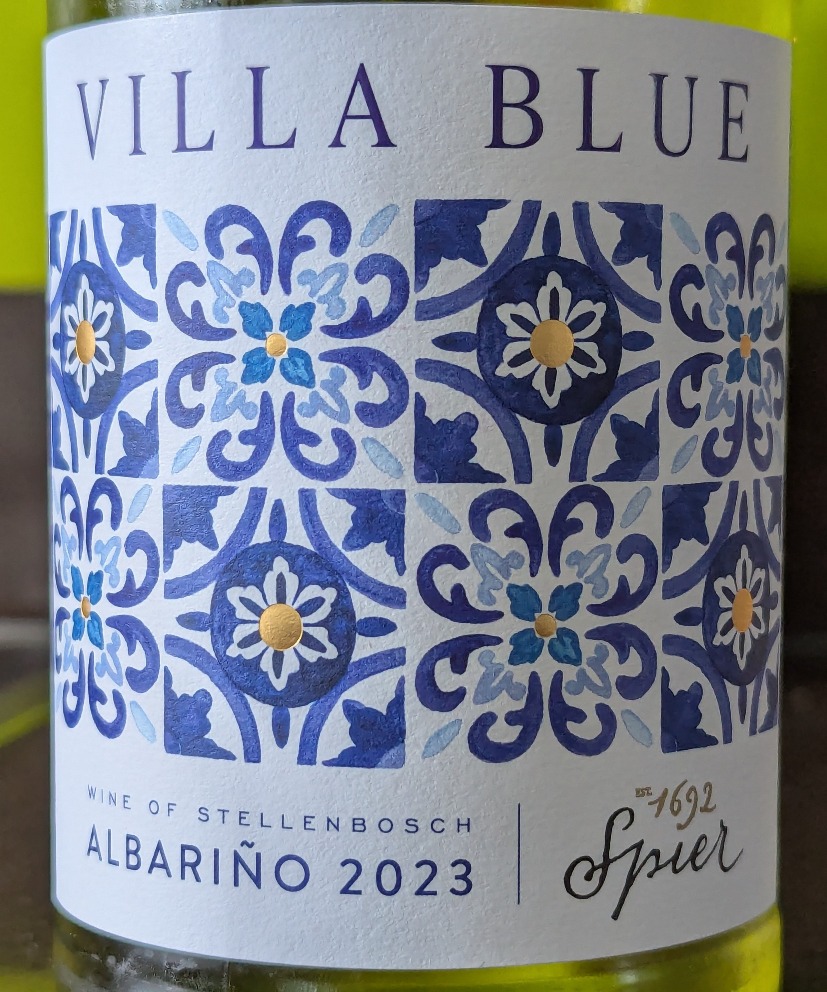
Spier Villa Blue Albariño is an intriguing take on the classic Albariño (or Alvarinho), a grape most commonly associated with Galicia in Spain and its Portuguese counterpart. However, this particular wine comes from South Africa, produced by Spier Estate in the premium wine region of Stellenbosch.
As one of the Cape’s oldest wineries, Spier has a reputation for excellence, having been named ‘South African Wine Producer of the Year’ in both 2011 and 2018. In 2022, it received the prestigious Editor’s Choice ‘Winery of the Year’ award from Platter. Beyond their winemaking, Spier is also known for their community-driven initiatives under the ‘Growing for Good’ programme, which earned them a top Ethical award this year.
Albariño is a relatively new venture for Spier, but it has already made an impression, earning an IWSC Bronze medal and achieving a strong 4.0 rating on Vivino. At first glance, the bottle is a bit cheeky, with blue tiles reminiscent of traditional Portuguese designs. In fact, my wife initially assumed it was a Portuguese wine.
Stylistically, this is a fresh and zesty Albariño rather than one that has been aged or oaked. It sits at 13.5% ABV and provides great tropical aromas with a dry, flinty character. The palate is packed with ripe stone fruit, zingy acidity, with a mineral edge, making it lively and refreshing, even when served very cold. As it warms, it develops a rounder, smoother mouthfeel, adding further depth to its character.
This is an excellent example of what is becoming an increasingly popular and on-trend style. Although from a different country, the quality remains just as high, and it makes for an interesting talking point. Priced at £12.99 from Laithwaites, it offers a fresh perspective on Albariño.













